The proper use of UVB lighting is a critical aspect of leopard tortoise care, yet it remains one of the most misunderstood elements in reptile husbandry. Unlike mammals that derive vitamin D through dietary sources, reptiles like the leopard tortoise rely heavily on UVB exposure to synthesize this essential nutrient. Without adequate UVB, these magnificent creatures face severe health consequences, including metabolic bone disease, shell deformities, and compromised immune function. This article explores the nuanced relationship between leopard tortoises and their UVB requirements, offering detailed guidance to ensure your shelled companion thrives under your care.
Understanding UVB and Its Biological Importance
Ultraviolet B radiation occupies a specific wavelength range (290-315 nm) that plays a pivotal role in reptilian physiology. When a leopard tortoise basks under appropriate UVB lighting, its skin converts 7-dehydrocholesterol into previtamin D3, which then undergoes thermal isomerization to become vitamin D3. This activated form of vitamin D regulates calcium absorption in the intestines - a process absolutely vital for proper bone and shell development. In the wild, leopard tortoises naturally obtain UVB through direct sunlight exposure, spending several hours each morning basking before seeking shade during the hottest parts of the day. Captive environments must carefully replicate this natural rhythm to maintain optimal health.
The consequences of UVB deficiency manifest gradually but devastatingly. Early signs may include subtle softening of the shell margins or decreased activity levels. As the condition progresses, more severe symptoms emerge: pyramiding of scutes, rubbery jaw formations, and even fractures in advanced cases. Conversely, excessive UVB exposure carries its own risks, including photokeratitis (eye damage) and skin burns. This delicate balance makes understanding proper UVB duration and intensity absolutely crucial for any leopard tortoise keeper.
Selecting the Appropriate UVB Lighting System
Not all UVB bulbs are created equal, and choosing the wrong type can lead to either inadequate exposure or dangerous overexposure. For leopard tortoises, linear fluorescent tubes (T5 HO) currently represent the gold standard in UVB provision. These bulbs emit a consistent UVB gradient across their length and maintain stable output for 9-12 months before requiring replacement. Compact fluorescent bulbs, while initially popular, often create problematic "hot spots" of intense UVB radiation and should generally be avoided for tortoise enclosures.
The strength of your UVB bulb should correspond to the distance between the lamp and your tortoise's carapace during basking. A 10.0 or 12% UVB bulb typically works well when mounted 12-18 inches above the basking area, providing a UV index between 3.0-4.0 - ideal for a leopard tortoise's needs. Always use a quality UV meter to verify actual output, as manufacturer claims can sometimes be misleading. The fixture should be positioned to create a gradient, allowing the tortoise to self-regulate exposure by moving closer to or farther from the light source.
Daily and Seasonal Lighting Cycles
Leopard tortoises originate from regions with distinct seasonal variations in daylight duration. During summer months, aim for 12-14 hours of combined UVB and visible light exposure, mimicking their natural active period. As autumn approaches, gradually reduce photoperiod to 10 hours during winter months, allowing for a natural slowdown in metabolism. This seasonal cycling helps maintain robust physiological rhythms and supports long-term health.
Daily timing matters just as much as duration. UVB lights should be synchronized with the enclosure's heat source to create a natural basking period during morning hours. A timer system proves invaluable for maintaining consistency, as irregular light cycles can cause stress. Many keepers find success with a schedule where UVB lights activate at sunrise, remain on throughout peak daylight hours, and shut off in late afternoon, allowing for a natural temperature and light decline.
Special Considerations for Different Life Stages
Juvenile leopard tortoises have particularly high UVB requirements due to their rapid growth rates and developing skeletal systems. Hatchlings should have access to UVB throughout their entire active period (12-14 hours in summer), with multiple basking spots available to prevent bullying in group situations. The UVB source should cover at least two-thirds of the enclosure length to ensure adequate exposure regardless of where the young tortoise chooses to rest.
Adult leopard tortoises can tolerate slightly reduced daily UVB exposure (10-12 hours), but this doesn't mean their requirements are less important. Mature females especially need consistent UVB to support egg development during breeding seasons. Elderly tortoises may require adjustments to their UVB regimen as their activity patterns change, often benefiting from slightly longer exposure times to compensate for reduced mobility and basking behavior.
Monitoring and Adjusting Your Approach
Regular observation remains your most valuable tool in determining appropriate UVB duration. A healthy leopard tortoise will demonstrate bright eyes, strong appetite, and steady growth (in juveniles). The shell should feel solid with no soft spots, and the tortoise should move without hesitation or apparent discomfort. Any changes in these indicators warrant immediate evaluation of your UVB setup.
Remember that UVB bulbs degrade over time even if they still emit visible light. Mark your calendar to replace linear UVB bulbs every 10-12 months, or sooner if your UV meter shows output dropping below recommended levels. Glass and screen tops can filter out significant amounts of UVB, so always mount fixtures inside the enclosure or use open-top designs when possible.
By thoughtfully implementing these guidelines and remaining attentive to your leopard tortoise's behavior and physical condition, you'll provide the UVB exposure necessary for a long, healthy life. The investment in proper lighting pays dividends through the vibrant health and natural behaviors displayed by your well-cared-for tortoise.
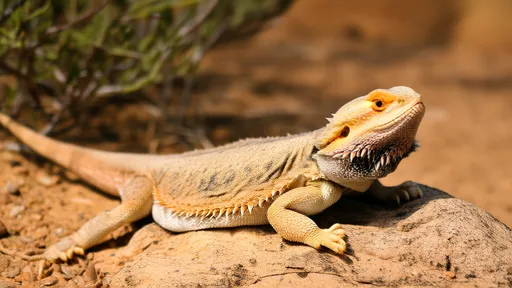
By /Jun 28, 2025

By /Jun 28, 2025
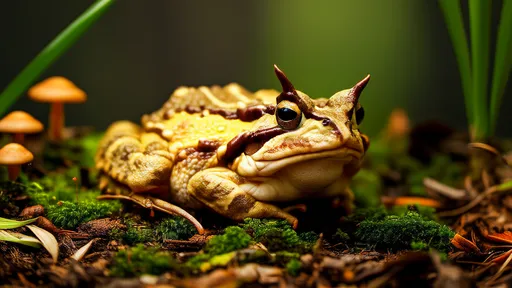
By /Jun 28, 2025

By /Jun 28, 2025
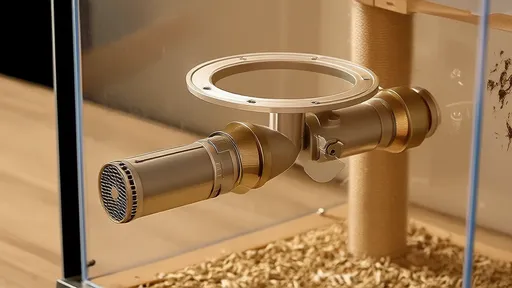
By /Jun 28, 2025
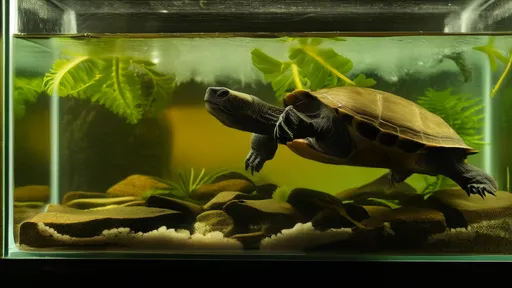
By /Jun 28, 2025
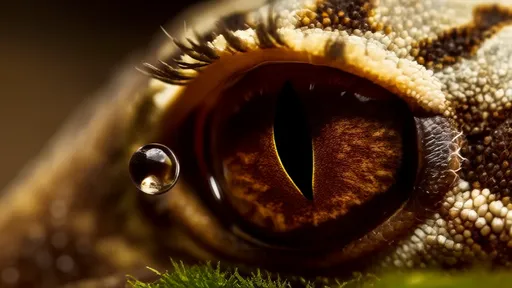
By /Jun 28, 2025
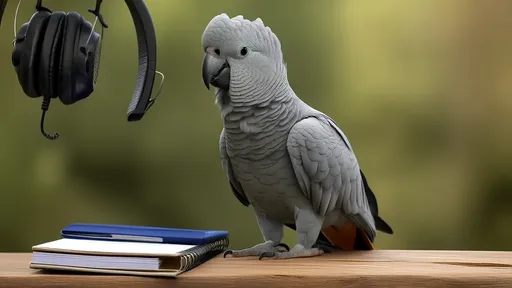
By /Jun 28, 2025
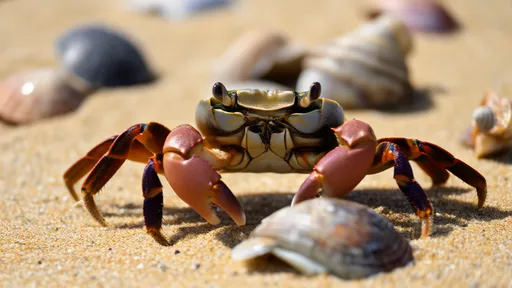
By /Jun 28, 2025
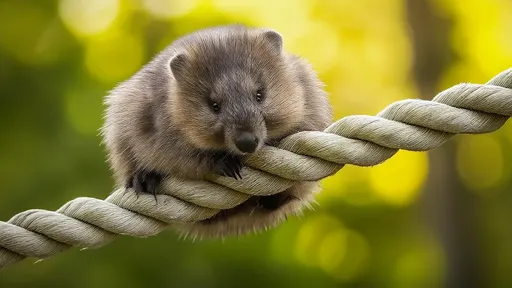
By /Jun 28, 2025
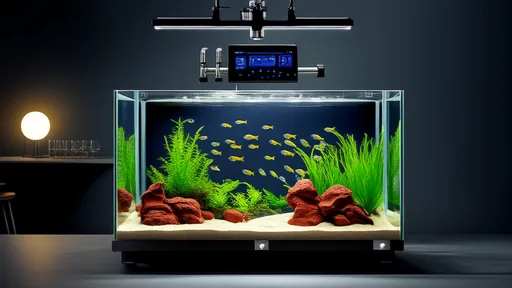
By /Jun 28, 2025
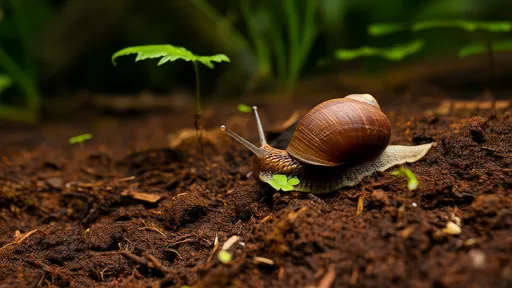
By /Jun 28, 2025
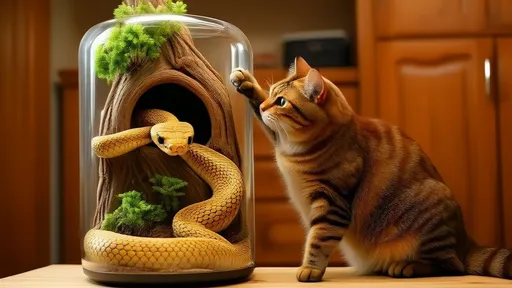
By /Jun 28, 2025
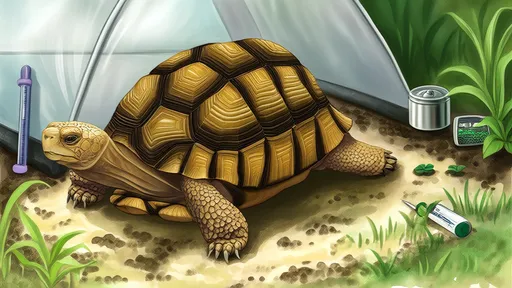
By /Jun 28, 2025
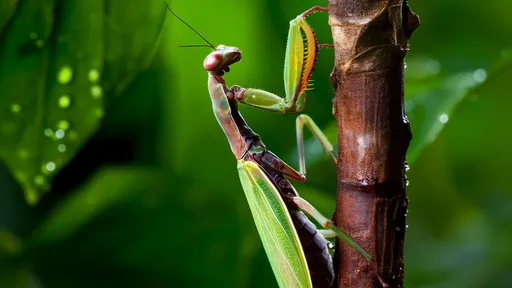
By /Jun 28, 2025
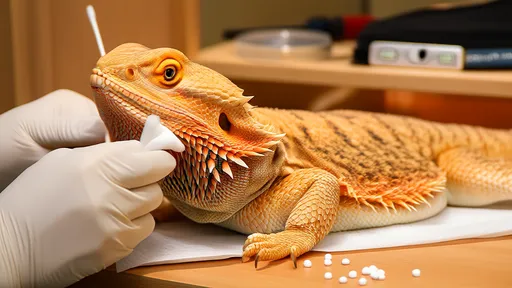
By /Jun 28, 2025
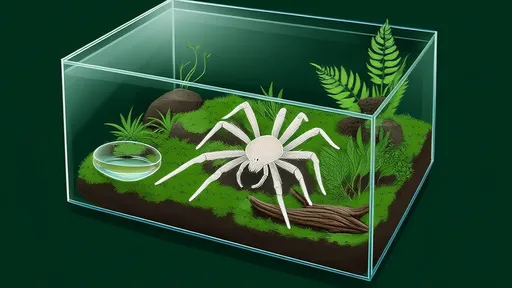
By /Jun 28, 2025